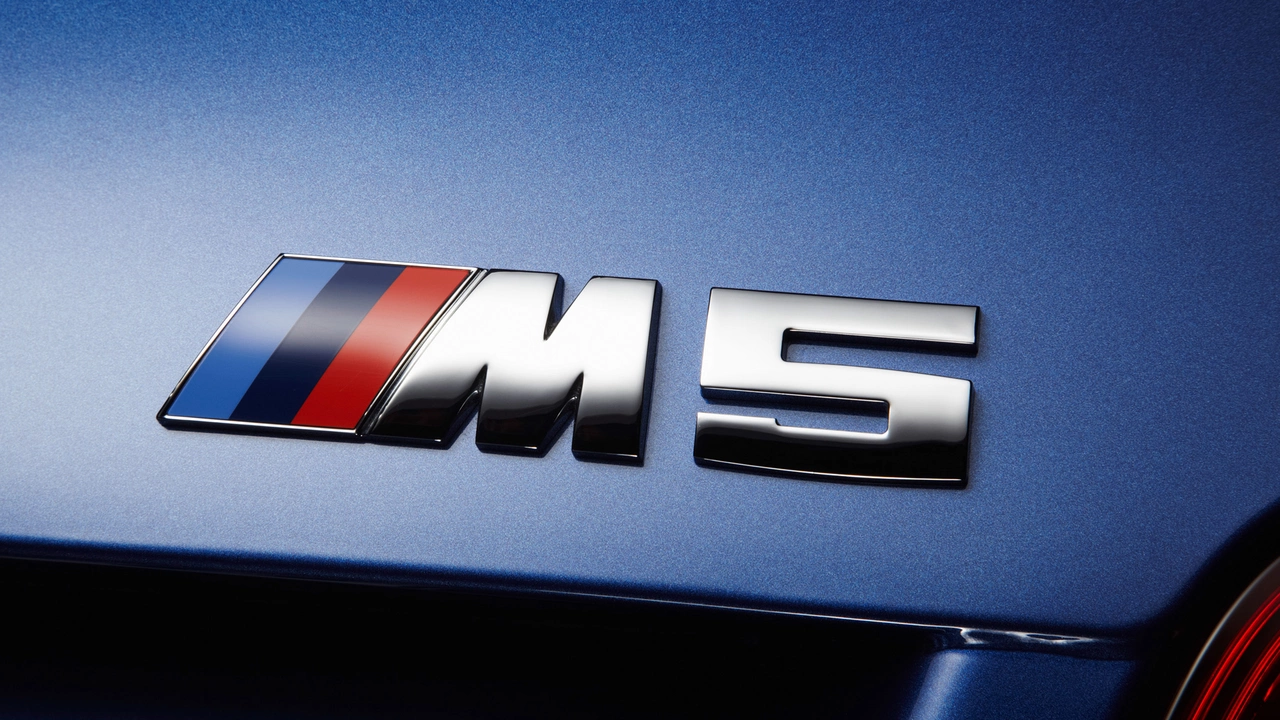What Does Your Car’s Model Name Actually Mean?
Ever looked at a badge and wondered if "3.5L" or "GT" tells you anything useful? You’re not alone. Car makers use a mix of letters, numbers and words to signal size, power, trim level and even market region. Figuring out the code can help you compare cars, know what features to expect, and avoid costly surprises.
Letters and Numbers: The Basics
Most brands stick to a simple pattern: a letter (or a few) followed by a number. The letter usually tells you the series or body style, while the number hints at engine size or position in the lineup. For example, a BMW 330i is part of the 3‑Series (a compact luxury sedan) and the "30" originally meant a 3.0‑liter engine, even though modern turbo‑charged versions can be smaller.
In Audi’s case, the "A" series (A3, A4, A6) covers sedans and hatchbacks, while the "Q" series (Q5, Q7) designates SUVs. The number that follows still shows the relative size – a higher number means a larger, often more expensive vehicle.
Special Badges and What They Signify
Beyond the basic code, manufacturers add badges like "GT," "RS," "Sport" or "Hybrid" to highlight performance or technology. "GT" usually means a sportier version with a stronger engine, as seen in the Ford Mustang GT. "RS" on Audi models signals a high‑performance trim, while "Hybrid" tells you the car combines a gasoline engine with electric power.
Some names are purely marketing, like "Turbo" on a Volkswagen Golf. It generally means a turbocharged engine, but you still need to check the specs to know the exact output.
Understanding these cues can save you time at the dealership. If you see a "C-Class" from Mercedes, you know you’re looking at a compact luxury sedan, whereas a "C‑Class Coupe" adds a sportier roofline.
Don’t forget regional differences. The same model can carry different numbers in the U.S. and Europe. A Toyota Corolla in the U.S. might be labeled "CE," while in Japan it could be "L." The underlying car is the same, but the naming reflects local market preferences.
When you’re hunting for a used car, checking the model badge against the vehicle’s VIN can confirm you’re getting the exact version you want. A VIN decoder will break down the letters and numbers, matching them to engine size, body style and even the production plant.
Bottom line: car model names are a shorthand that packs a lot of info into a few characters. By learning the most common patterns, you can instantly tell if a vehicle fits your needs, whether you’re after fuel efficiency, extra space, or raw power.
Next time you see a badge you don’t recognize, take a second to break it down. You’ll walk away with a clearer picture of what’s under the hood and why that model might be the right pick for you.
What does the letter M stand for in BMW M5?
In the name BMW M5, the 'M' stands for 'Motorsport'. This is a segment of BMW that focuses on the production of high-performance vehicles, both for on-road and racing purposes. BMW started using the 'M' designation in the 1970s to differentiate these high-performance models from their standard offerings. So, when you see an 'M' in the model name of a BMW, you can expect it to offer a sportier, more thrilling driving experience. It's essentially the mark of a high-performance beast from the German automaker.






